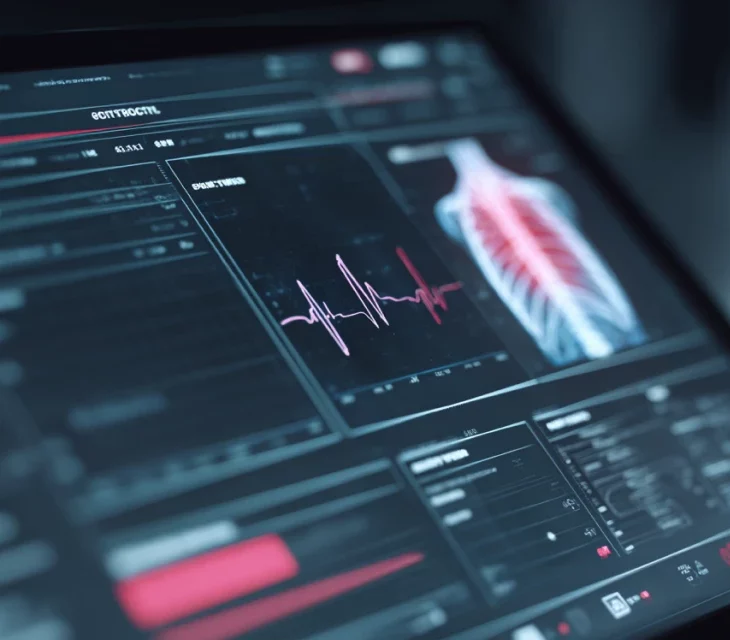Revised MDCG 2019-11 guidance: updated approach to qualification and classification of medical software
Since its initial release in 2019, MDCG 2019-11 has served as the cornerstone for interpreting how software should be qualified and classified under the Medical Device Regulation (MDR). However, the exponential rise of AI-driven tools, interoperable systems, and cloud-based solutions exposed gaps in the original guidance. The 2025 revision addresses these gaps and delivers a more structured and detailed decision-making framework.

Contextualising the 2025 update: why a revision was necessary
Since its initial release in 2019, MDCG 2019-11 has served as the cornerstone for interpreting how software should be qualified and classified under the Medical Device Regulation (MDR). However, the exponential rise of AI-driven tools, interoperable systems, and cloud-based solutions exposed gaps in the original guidance. The 2025 revision addresses these gaps and delivers a more structured and detailed decision-making framework.
From general principles to targeted interpretation: what’s new in the 2025 version?
Compared to the original version, the updated MDCG 2019-11 introduces:
- expanded decision trees for determining software qualification,
- clarification of borderline cases involving wellness apps and decision-support tools,
- guidance on modular MDSW and compound functionalities,
- deeper alignment with Rule 11 of Annex VIII MDR,
- and references to the EHDS (European Health Data Space) and IMDRF classification criteria.
Importantly, the update reflects learnings from four years of notified body audits and EU-wide consultations.
The intended purpose of SaMD and its regulatory implications
One of the most critical aspects reinforced in the revision is the formulation of the intended purpose. A vague or overly broad statement may result in:
- misclassification of the software,
- increased scrutiny during conformity assessment,
- or delayed market access due to unclear clinical benefit.
The guidance urges manufacturers to provide precise, measurable, and testable intended purposes — particularly for diagnostic and predictive MDSW.
Reinterpreting Rule 11: clinical risk and software logic
The document expands Rule 11 interpretation by introducing a risk-scaling approach. It encourages consideration of:
- the software’s level of autonomy in decision-making,
- its role in primary vs. supportive diagnosis,
- the severity of potential harm from errors,
- and whether human intervention is assumed or bypassed.
This allows for better alignment between the software’s functionality and its risk class — ensuring proportionate regulatory control.
Implications for manufacturers and notified bodies
For manufacturers, this update means:
- revisiting classification justifications for existing MDSW portfolios,
- enhancing risk management files and clinical evaluation plans,
- and aligning documentation with latest MDCG expectations.
For notified bodies, it provides a more consistent framework to assess borderline and emerging software categories — improving harmonisation across Member States.
Ultimately, the revised MDCG 2019-11 offers a forward-looking lens into how the EU envisions regulating software not just today, but in the evolving digital health landscape of tomorrow.